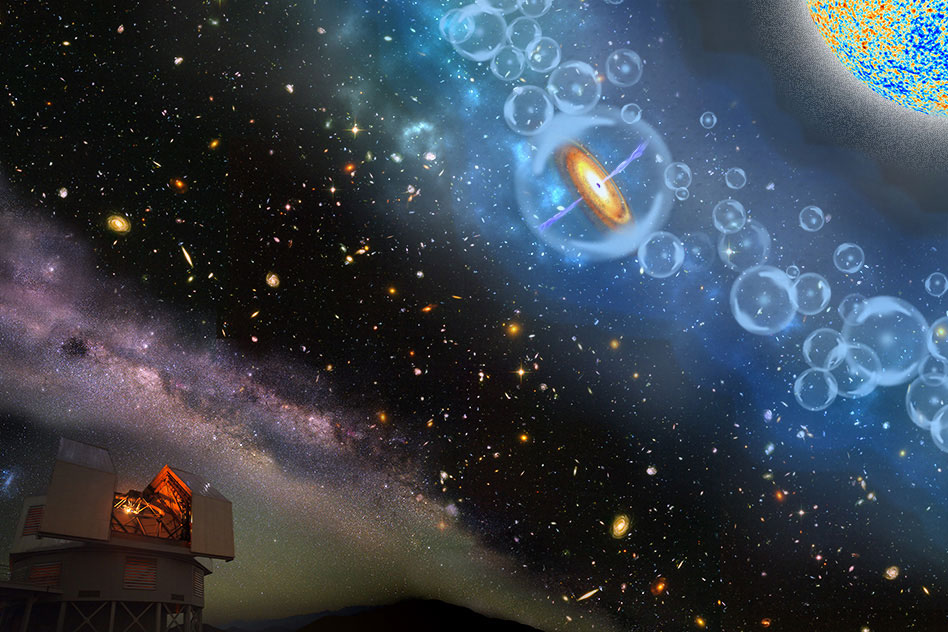

It’s like asking whether beauty is a U.S. But if one wants to ask whether the entire universe is a black hole, or could have become a black hole, then there is no way to even approximately talk about asymptotic flatness, so the standard definition of a black hole doesn’t even give a yes-no answer. Such a cosmology is spatially finite, so there is no sensible way to define what is meant by escaping “to infinity.” In cases of actual astrophysical interest, such as Cygnus X-1 and Sagittarius A*, the black hole is surrounded by a fairly large region of fairly empty interstellar space, so even though our universe isn’t asymptotically flat, we can still use a portion of an infinite and asymptotically flat spacetime as an approximate description of that region. To see why this is required, imagine a black hole in a universe that is spatially closed. “To infinity” can be defined in a formal mathematical way, but this definition requires the assumption that spacetime is asymptotically flat. The only kind of collapse that can occur in a purely homogeneous model is the recollapse of the entire universe in a “Big Crunch,” and this happens only for matter densities and values of the cosmological constant that are different from what we actually observe.Ī black hole is defined as a region of space from which light rays can’t escape to infinity. Based on these considerations, it’s actually a little surprising that the universe ever developed any structure at all. In a homogeneous cosmology, symmetry guarantees that tidal forces vanish everywhere and that any observer at rest relative to the average motion of matter will measure zero gravitational fields. Cosmological models are either exactly or approximately homogeneous. The Big Bang happened everywhere at once, so there is no location that would be the place where we would expect a black hole’s singularity to form. The first thing to understand is that the Big Bang was not an explosion that happened at one place in a preexisting, empty space. In the early universe, the matter was gathered together at very high density, so why wasn’t it a black hole?


 0 kommentar(er)
0 kommentar(er)
